
M103 is one of several open clusters in Cassiopeia. It is small, rather sparse, and was once thought to be an asterism rather than a true cluster, but it has since been shown to be a distant open cluster. Located just 1.5 degrees northeast of delta Cassiopeia it is easy to find and makes a nice target for small telescopes.
M103 is currently low in the northeast during the early evening and is high overhead at dawn.
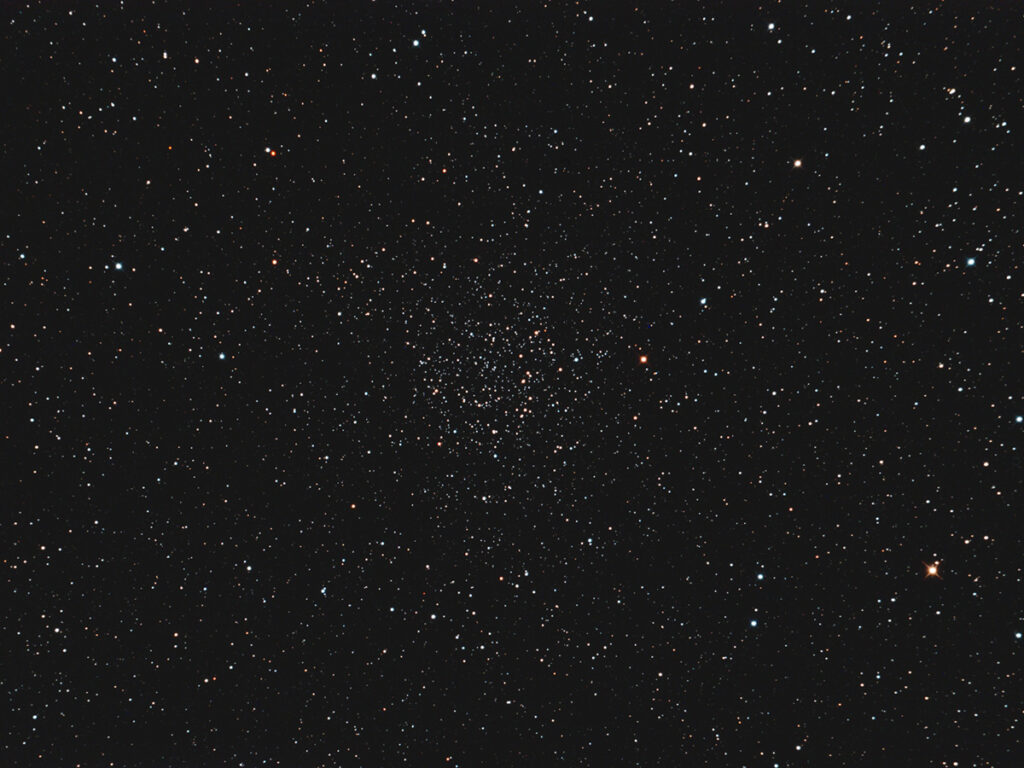
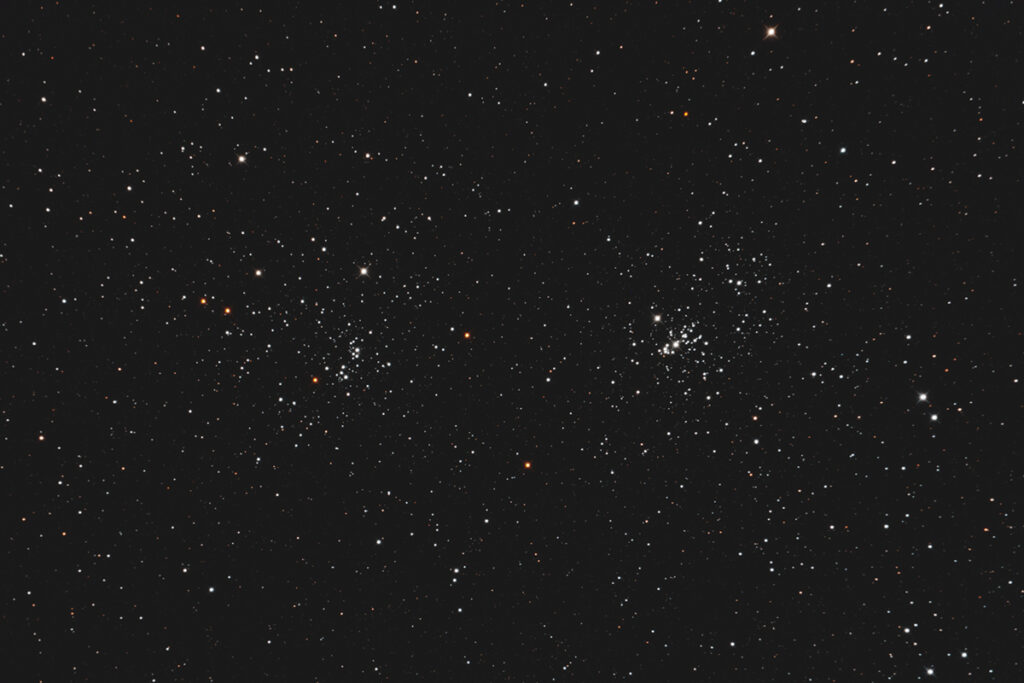
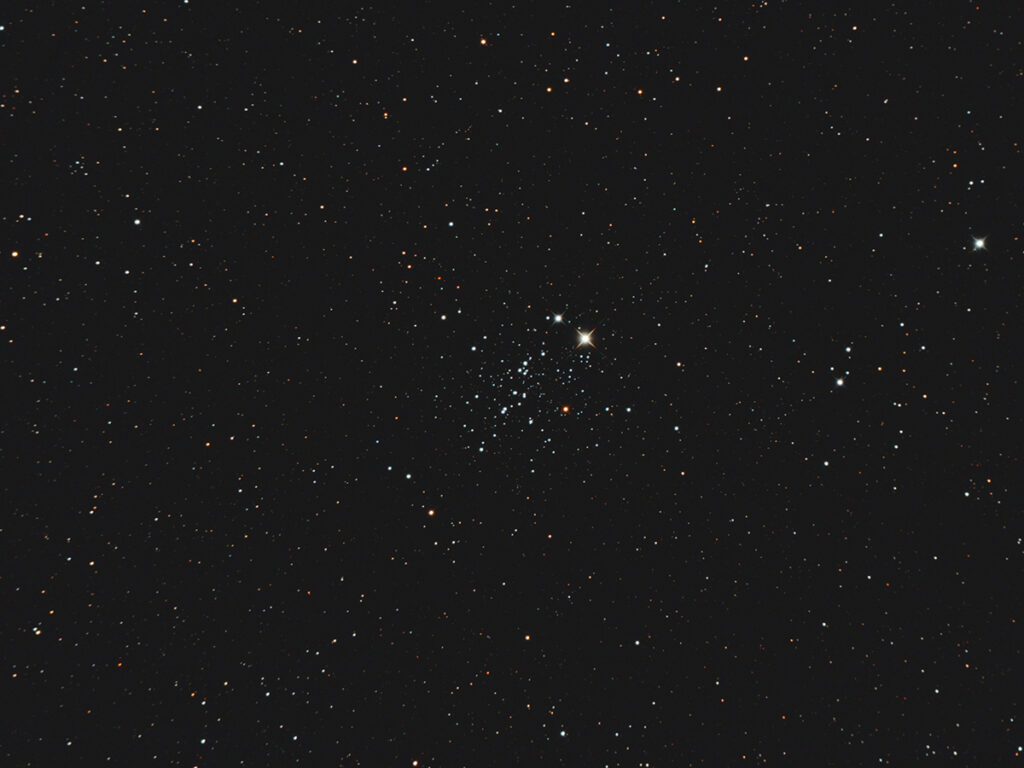
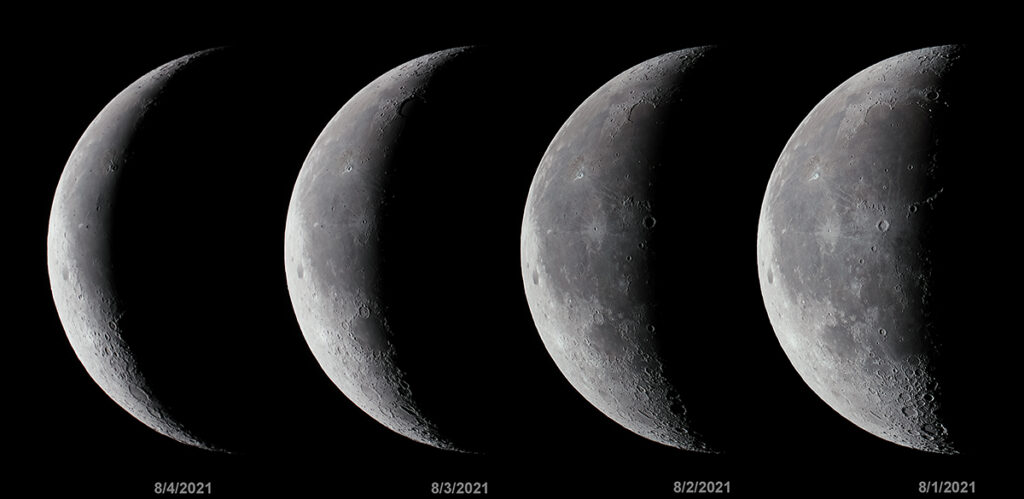
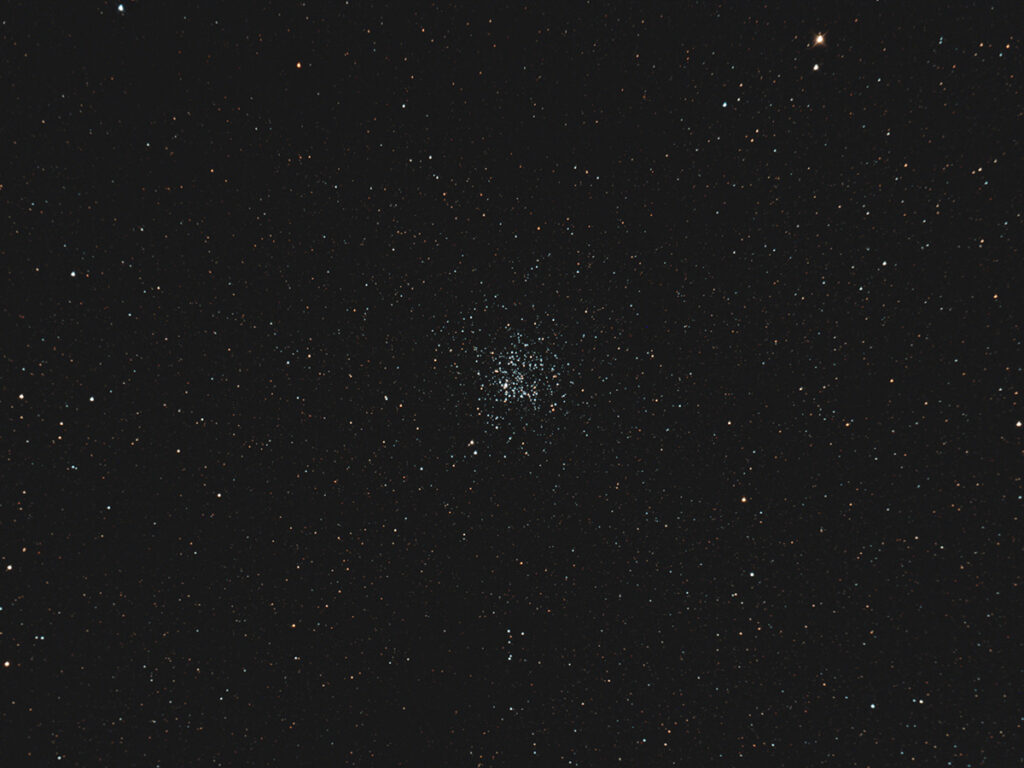
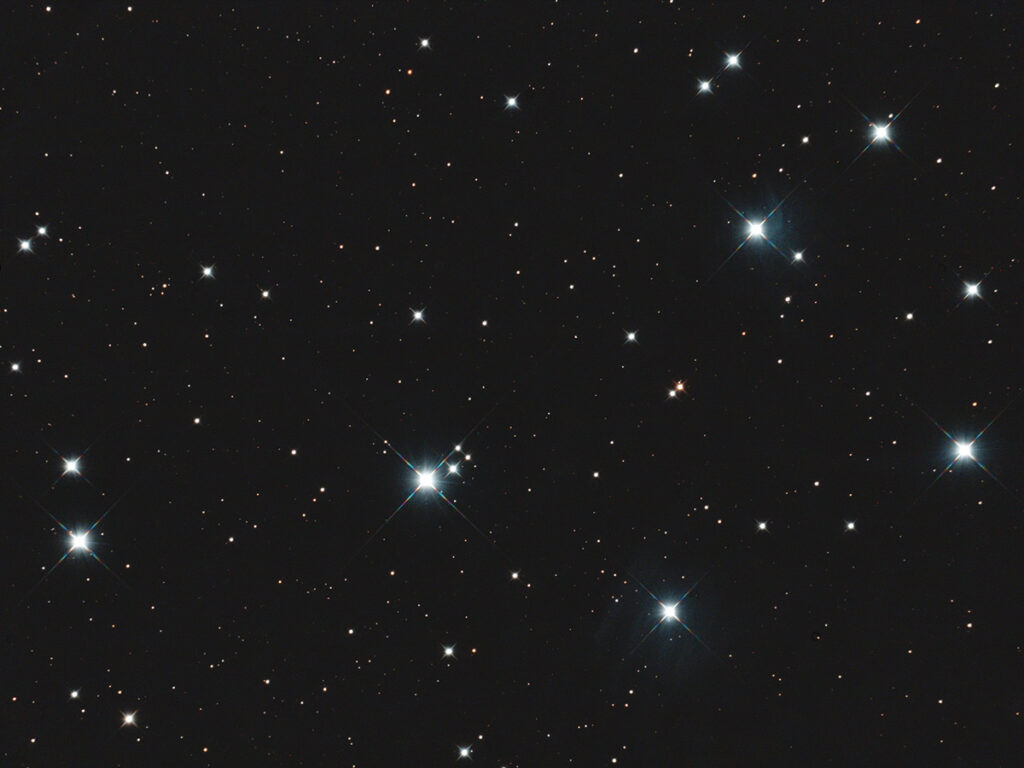
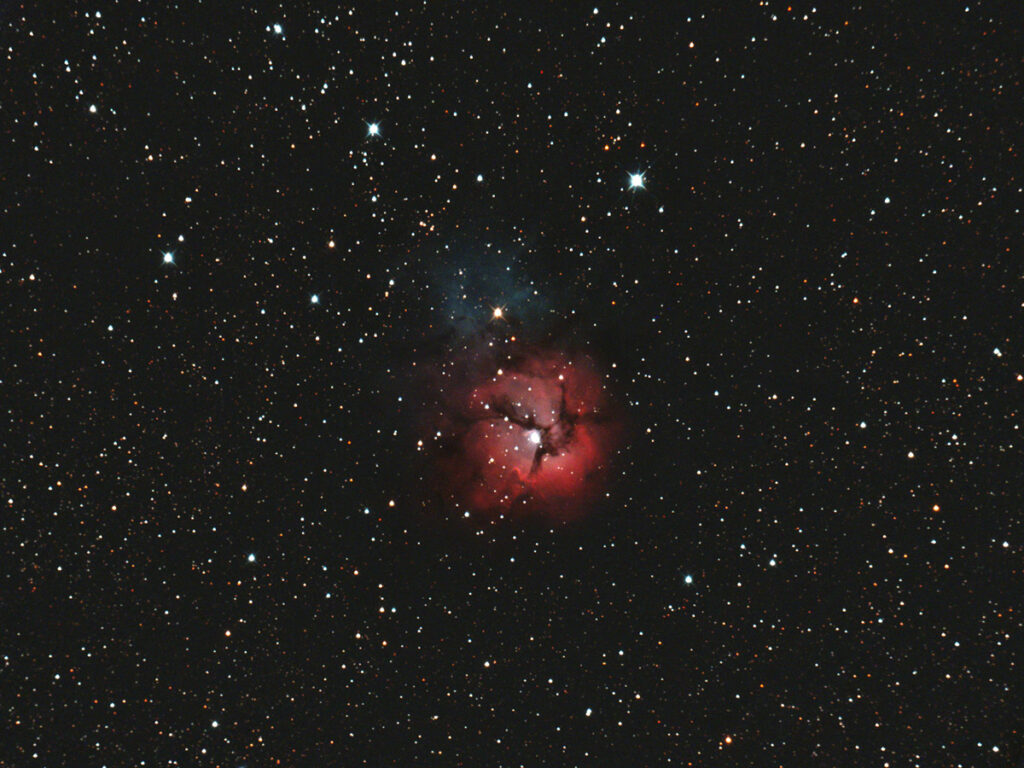


Recent Comments